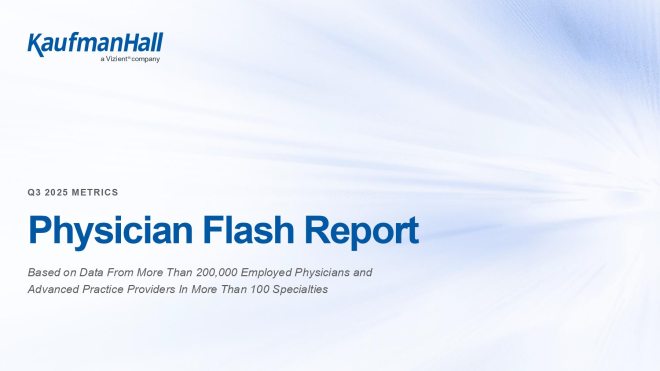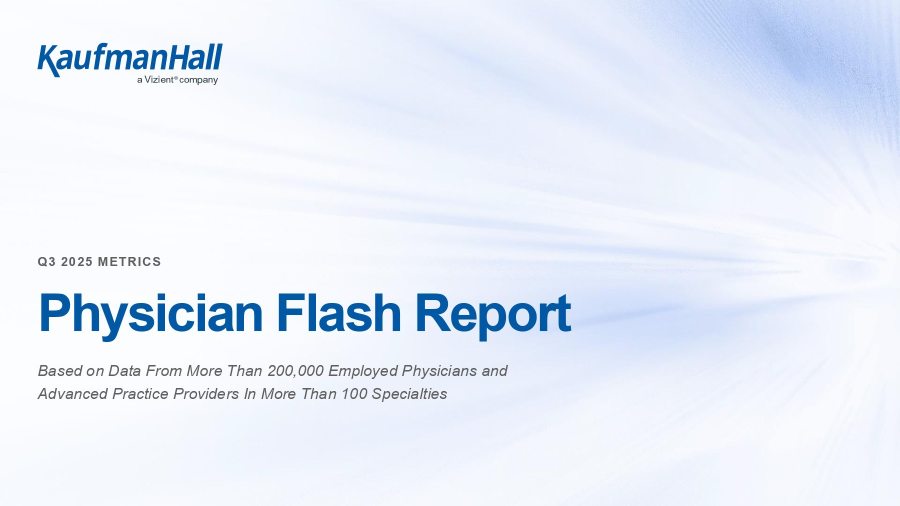
When your mother is sick, do you give her the number to your health system’s call center and hope for the best? Or do you start working your relationships to figure out how to get her access to the best care as soon as possible?
Most of us invariably choose the latter option, doing everything we can to help our mothers navigate a complicated—and seemingly unconnected—web of scheduling systems, physician appointments, lab tests, radiology studies, and prescriptions. Unfortunately, most health systems think first from the perspective of managing their own services—and don’t spend nearly enough energy trying to create a frictionless consumer-centric experience.
Improving patient access is hard. I rarely talk with a health system that does not have patient access challenges to solve. Usually, they relay their efforts to improve next-available appointment times, launch online scheduling, and/or encourage patients to pre-register online. But while these incremental improvements are often needed, they are not the transformative initiatives consumers dream of.
However, a number of leading-edge hospitals and health systems are employing three critical patient-centered access strategies, with the intent of delighting their consumers:
Shared Person-Centric Vision
Several years ago, I was privileged to work with Khoo Teck Puat Hospital (KTPH), a public 795-bed acute care hospital and health system in Singapore. A key part of my first tour with the CEO was stopping to read the following statement, which was chiseled in marble on their wall:
“Care that is good enough for our own mothers without making special arrangements.”
The CEO went on to explain to me that this statement was their care philosophy and permeated everything they did. Whenever the organization discusses adding a new service or changing an existing process, they pause to ask: “Would our mothers like this?” or “Could we make this better for our mothers?”
It will probably not surprise you that the staff at this health system readily hands out their contact center information to their own mothers!
What’s your health system’s vision to transform patient access? Does the vision inspire people to change? Does everyone on the team know and embrace the vision?
Multiple Access Points
Patients want to be seen when, where and how they choose. And when possible, many prefer their own homes. Organizations that are meeting these expectations by developing consumer-centric access points are generally experiencing material growth—and are gently steering volume away from many traditional healthcare providers. These organizations are offering a growing range of options, including digital health, urgent care, retail clinics and in-home delivery options.
A number of disruptive competitors are moving quickly to provide patients with a more consumer-centric experience, often without leaving the comfort of their homes. One Medical offers 24/7 access to care through a video chat and same-day appointments for primary care, partners with numerous health systems, and will soon be available in 21 markets. Luna provides at-home, app-based therapy services, and is working with several health systems to achieve its aspiration to be the DoorDash of its industry. Solis Mammography offers patients online scheduling, state-of-the-art, 3D mammography technology, and results within 48 hours—and is currently partnering with at least 10 leading health systems.
Each of these companies’ websites immediately directs visitors to schedule an appointment—often within 24 hours—or sign up for a care plan, with none of the often-confusing provider search features that can still be found on the home pages of many health systems. And each of these companies is designing their healthcare experience with the expectation that much of the care experience will be delivered virtually or in their patients’ homes.
Bundled Visits
Every day, there are more than 100,000 patient visits in the United States that are part of mostly standardized bundles of care. While providers often require patients to attend multiple appointments, the bundles can be designed to take place in a single, coordinated visit.
What if a cardiac patient returning for a follow-up visit can arrive at a clinic, get their blood drawn, take a stress test and have an echocardiogram, eat a heart-healthy lunch, meet with their cardiologist—who has all the information from their tests—and walk out with an updated treatment plan, a list of healthy foods, and their updated prescriptions? And what if the patient can arrange the entire visit from a single interaction with a patient access contact center?
Yet moving away from longstanding, provider-centric workflows can be difficult. Not long ago, I sat across the table from a CEO who expressed frustration that despite relocating a mammography suite into his women’s health clinic, his wife still had to schedule two different appointments for a checkup. The team blamed it on their electronic medical records, and said they would look for ways to resolve it in the future. And yet, their competitor’s clinic down the street was already providing an integrated, annual women’s health check in one visit—with lab, mammography, pap smear, and physician visit combined!
One example of a company bringing a bundled approach to access is Signify Health. Their home-based health evaluation visits connect clinicians to Medicare Advantage and Medicaid plan members in order to create a complete view of their health. They identify and address risk and quality gaps in care through workflow that are designed to evaluate health conditions, observe social and care-based needs, and deliver diagnostic and screening services in a single visit. In addition, they deliver these services at a cost for payers that is significantly lower than a comparable set of services from most health systems.
Conclusion: Taking Action
Providers intent on delivering meaningful, patient-centered access to care must be prepared to build a seamless experience for patients from the time they reach out to schedule their first appointment to the time their “visit” is complete. Unfortunately, incremental solutions, while beneficial, are often a Band-Aid on larger, and existential, patient access problems.
Today’s disruptive competitors are digital natives and built-to-scale, and if they are not competing with you yet, they will be soon. How will your patient access stack up against them?
For more information, contact Matthew Bates at mbates@kaufmanhall.com.









